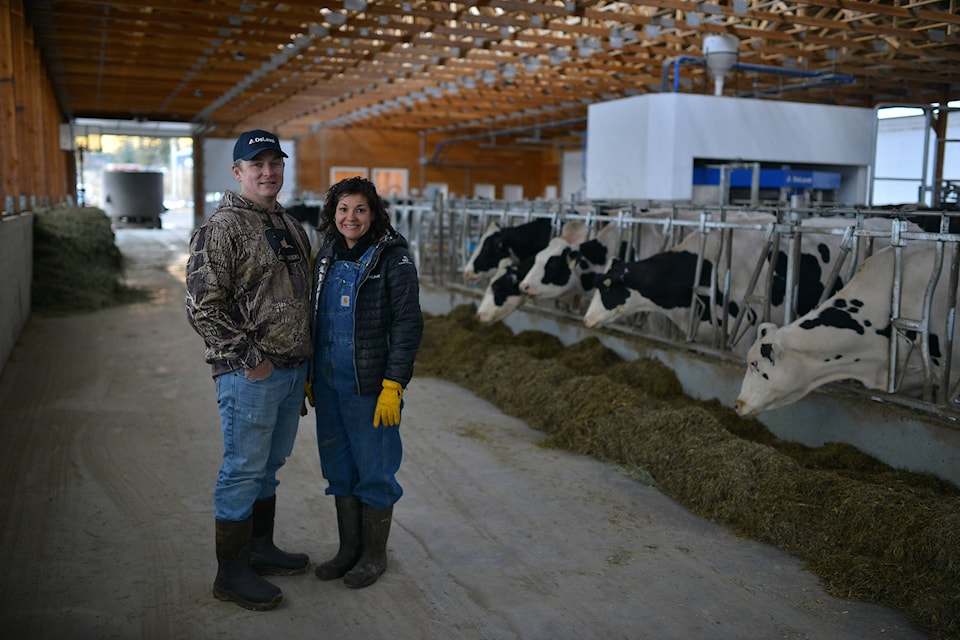The next three years are anticipated to bring about much change in Canada’s dairy industry, but for B.C. farmers, that’s nothing new.
For years, farmers have been forced to adapt to an ever-developing industry. For some, it closed the barn doors for good. Others have found the changes beneficial.
A robotic farm is something that sounds like it belong in a sci-fi film, yet for some dairy farmers it’s far from fiction, as they make the switch to more automated methods of production.
Automation allows farmers to do more, with fewer hands. It also allows some smaller players to keep up with the bigger operators.
Now, instead of a farmer milking a cow, it’s done by a fully automated robot.
One by one, cows enter into a small area where a robotic arm cleans and moisturizes the teats, before attaching four pumps. Hundreds of kilometres away a farmer can look at a cell phone and tell which cow is being milked, represented by each quarter (teat).
The system will also notify the farmer of any health-related concerns detected during the milking process.
One family from Falkland, north of Vernon, has made the switch, thanks to a new DeLaval system supplied by J&D Farm Services.
Story continues below.
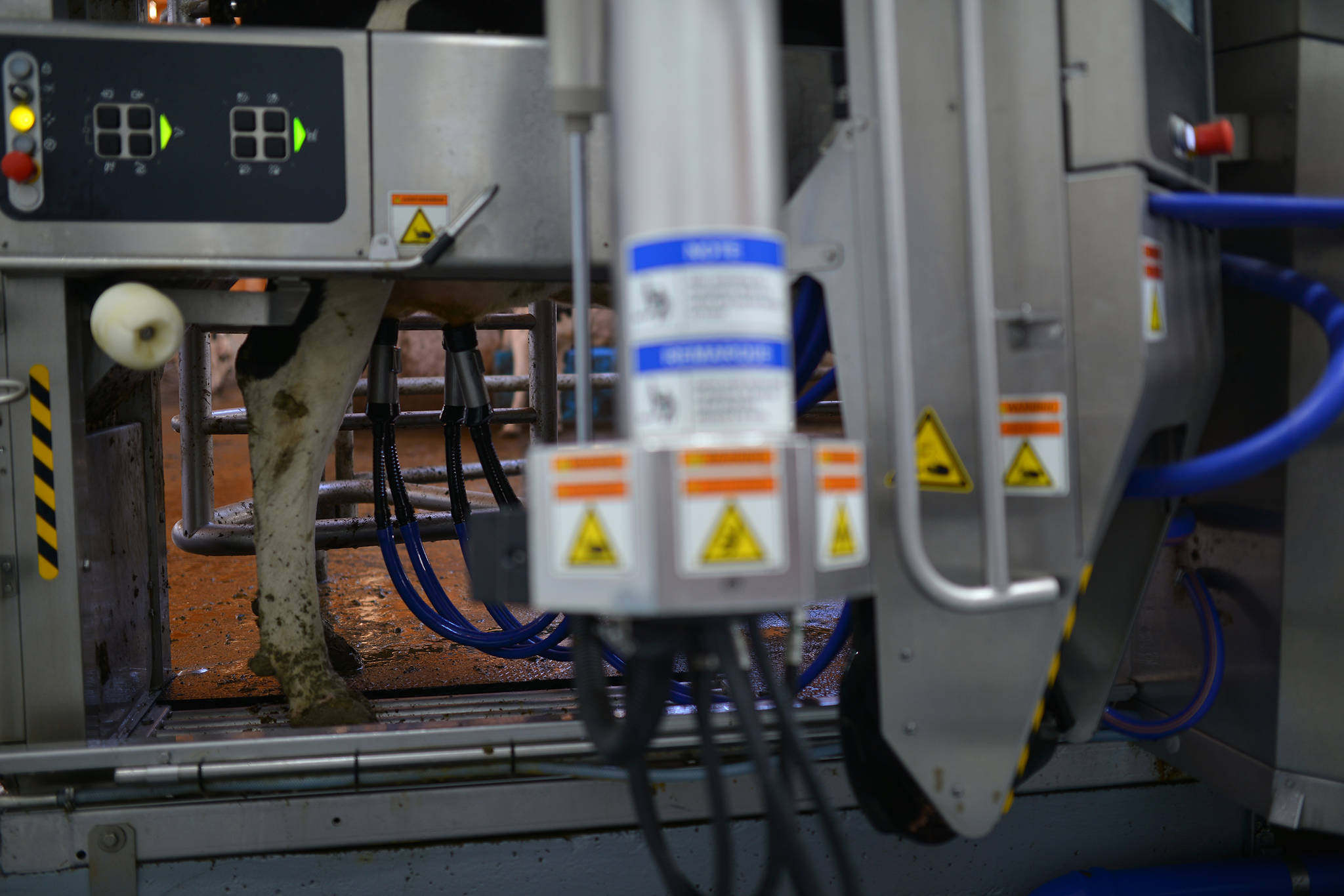
Family farm adapts
In 2003, Skye and Dave Hamming moved inland alongside Dave’s parents, brother and sister-in-law. They migrated their family farm, Hamming Holsteins, from the Lower Mainland to Vernon, and have since expanded to Falkland where Skye, Dave and their daughters reside.
Together at Tazo Farms in Falkland, they manage roughly 110 dairy cows, producing about 2000 litres of milk a day. The third-generation farming family tends to 500 acres in the Okanagan.
During the busy season, farmers will get up at 4 a.m., and won’t stop working until midnight. It’s a lifestyle not many are willing to live. Dave says most youth growing up on farms nowadays would rather work in the oil industry, as the money is better and the work is more consistent.
However, through an automated system, the Hammings can make a living on their farm and spend time with their family. It has allowed them to refocus on what matters most; family and a diverse childhood for their kids. Skye admitted farmers are workaholics, but said they recently vowed to put family time back in the spotlight.
“If you have to milk 3 (a.m.) to 6 (p.m.) you will miss your daughter’s basketball, soccer, hockey (game). What do you do? The cows need to be milked.”
Story continues below.
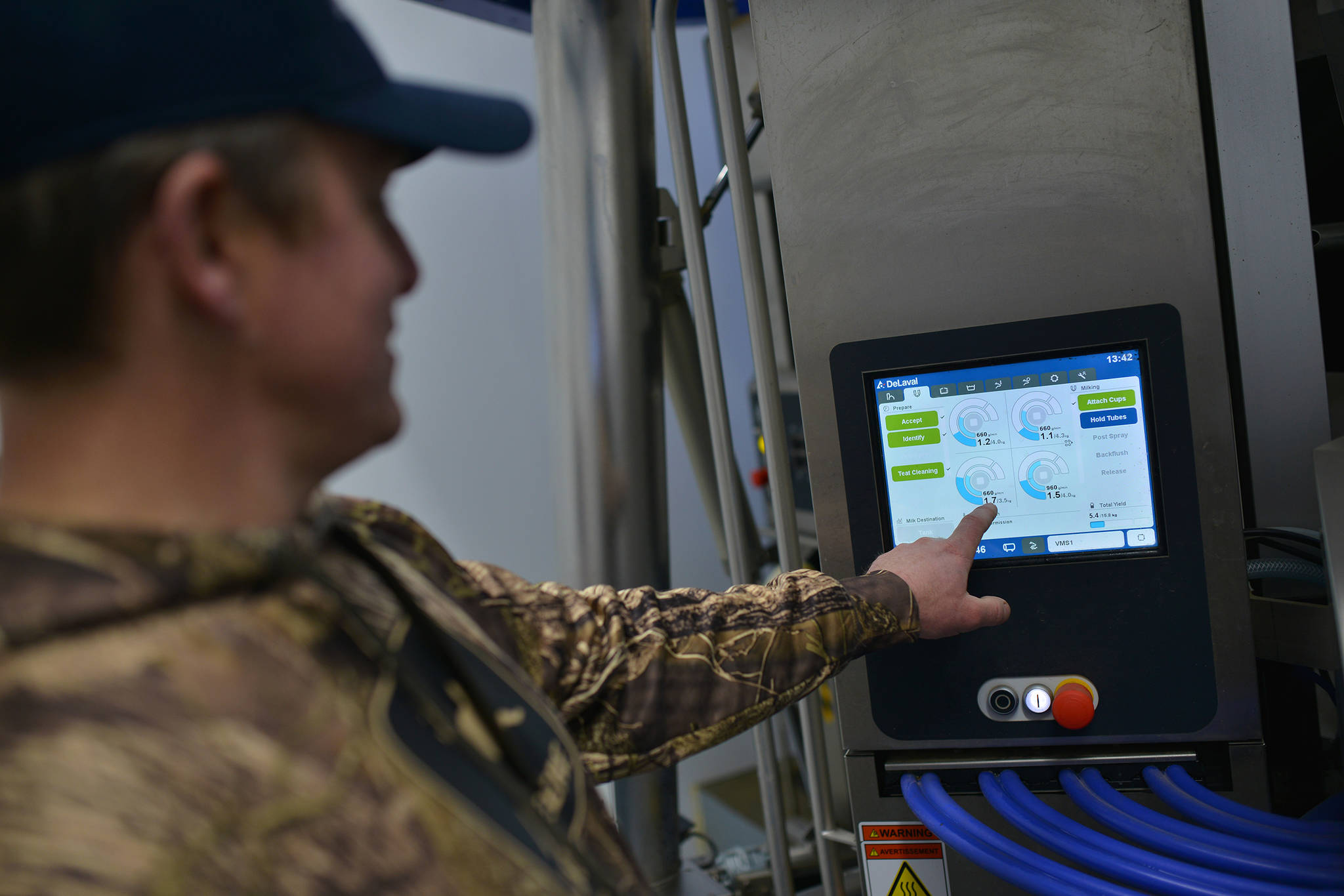
Amid challenging time, supply management remains shining light
Family farms are starting to disappear from the landscape. As they do, larger companies have been stepping in.
This has been the case in the U.S. for some time and is now starting to happen in parts of Canada.
A supply-managed, tariff-rate quota (TRQ) establishes a limit on the quantity of a product that may be imported at a lower rate of duty. Since the 1970s, TRQs have been imposed by the Canadian government to regulate the production of farm products.
This system allows farmers to purchase and reserve part of the market to sell their products. To ship their milk, the Hammings must purchase and hold a quota, which acts as a licence to produce a pre-determined amount of milk.
While this guarantees profit every month, it also allows commodity sectors to limit the supply of products to what Canadians are expected to consume. This helps ensure a stable market and limits overproduction.
The Hammings credit Canada’s supply management system as the reason for their survival.
“We’ve just watched to the south how many family farms are gone because of the no-quota (system) so then you get these huge mega-farms that can be more efficient … it just kind of wipes out the smaller family operations.”
BC Dairy Association general manager, Jeremy Dunn, agreed.
“Without supply management, you see what you have in the United States and other dairy regions, where you have large consolidated farms focused on low-cost production, and that’s the only way for those farms to get ahead.”
This system, while favoured by Canadian farmers, is not well-liked by everyone. It limits the expansion of American farming markets into the north, and some critics say it drives up consumer prices by guaranteeing a minimum purchasing price to farmers.
Story continues below.
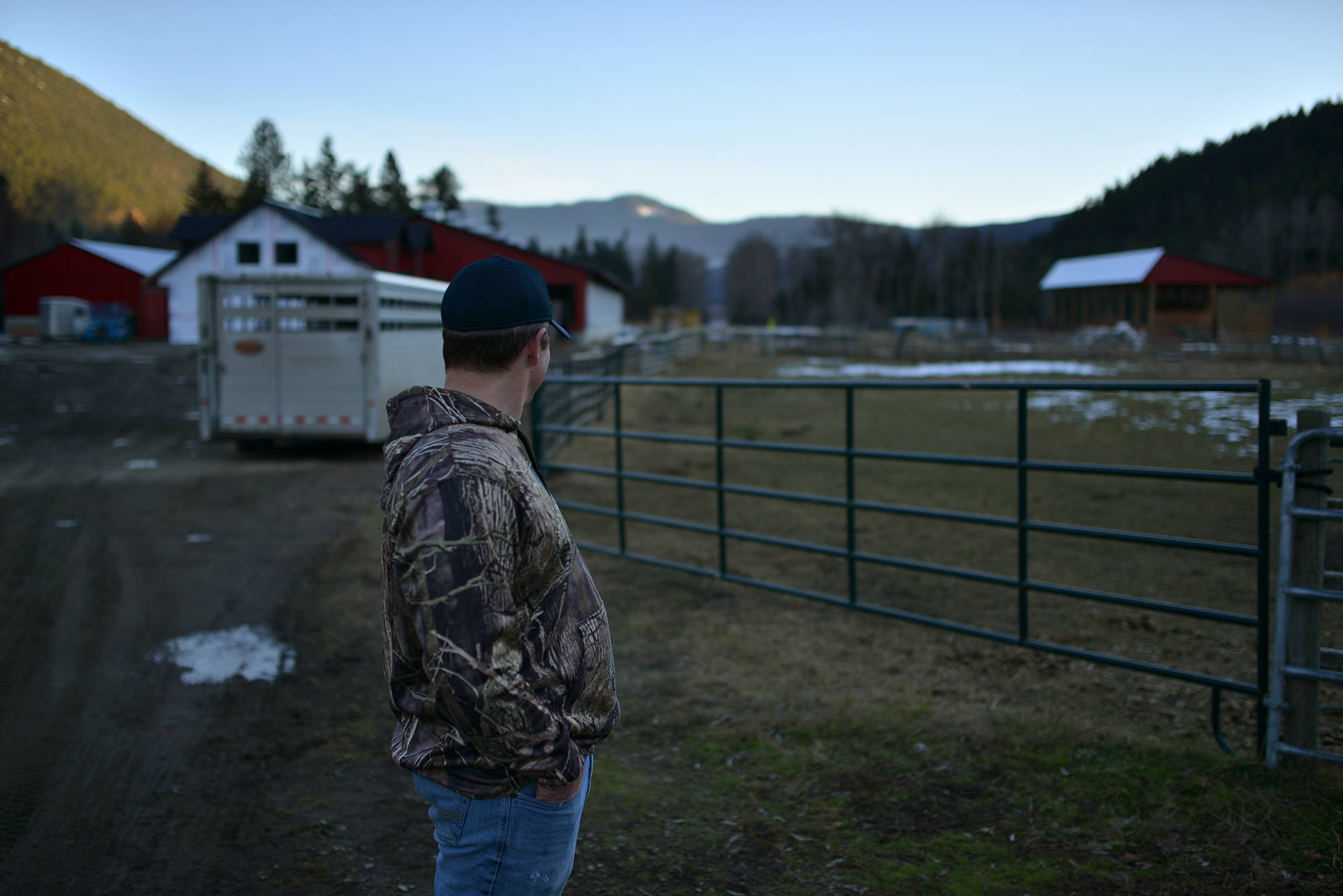
Uncertainty for Canadian dairy industry looming
Changes to numerous trade agreements and import controls are continuing to shuffle the dairy market.
Through the Comprehensive and Progressive Agreement for Trans-Pacific Partnership (CPTPP), an additional 3.25 per cent of access to the domestic market has been given to 10 Trans-Pacific countries.
It’s just one of several new trade agreements that are affecting Canadian dairy farmers and producers.
A new Canada-United States-Mexico Agreement (CUSMA) is another. In December, a report from the Canadian Press outlined a complaint by U.S. trade representatives that American dairy producers were being unfairly shut out of markets north of the border.
“In CUSMA, the Trump administration put dairy in its cross-hairs,” said Dunn.
“The government of Canada did as well as they probably could have in protecting our market. Dairy farmers would have wanted them to do better.”
Nevertheless, you likely won’t see a jug of American milk on store shelves any time soon.
Most TRQs were allocated to foreign dairy processors, rather than producers. Therefore, imported dairy products will appear as ingredients in dairy products like baby milk.
While this won’t likely affect the Hammings much, the Dairy Processors Association of Canada estimates this market access change will result in more than $100 million in annual losses for Canada’s dairy processors.
Story continues below.
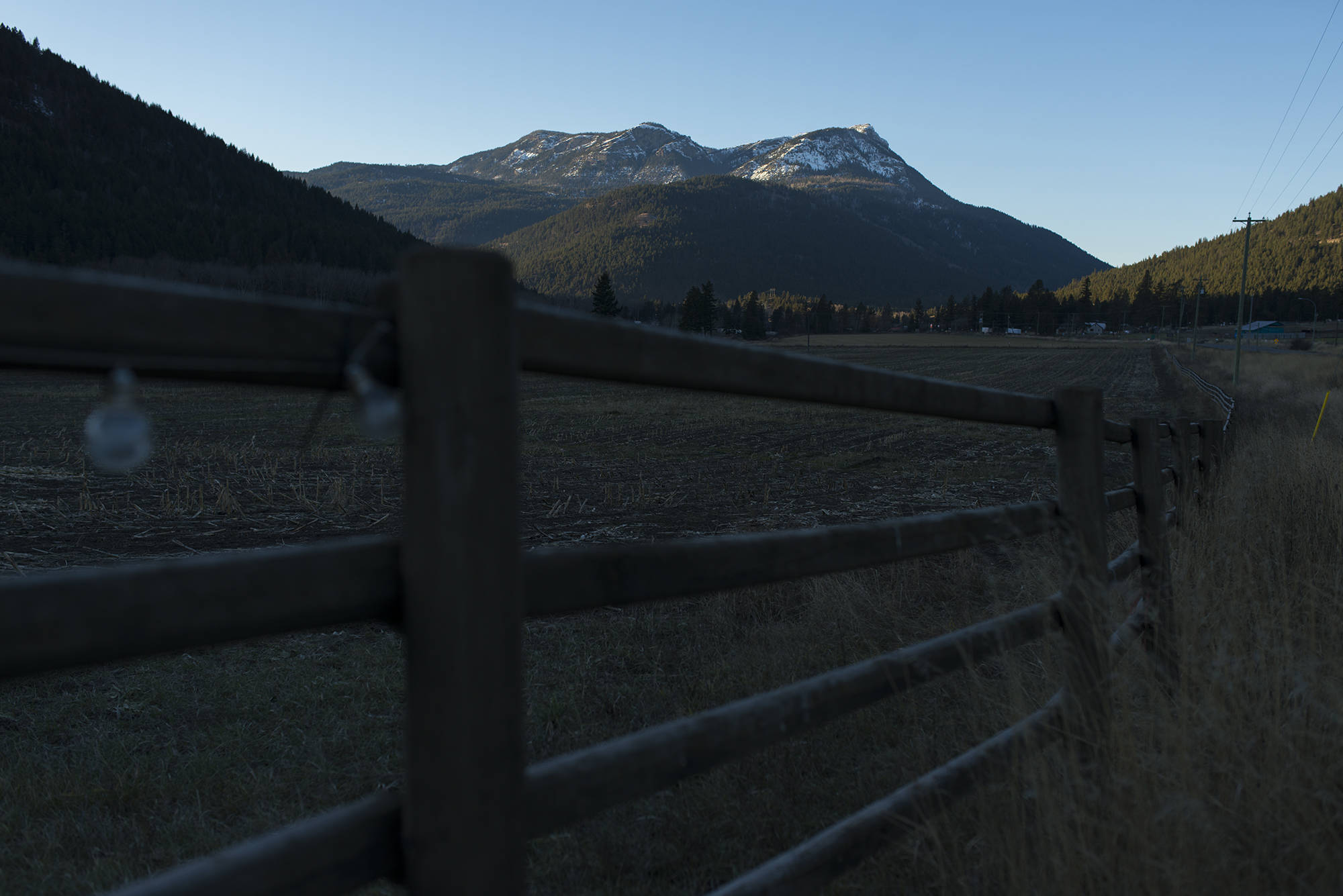
The future of B.C. dairy
According to a recently released economic impact study by the BC Dairy Association, the dairy industry contributed $1.225 billion to the province’s GDP and supported almost 12,500 jobs in 2019. That same year, 469 farms across the province produced more than 840 million litres of raw milk.
The pandemic, Dunn added, has brought the value of local food production to light.
“We should be thankful in British Columbia to have a strong dairy sector.”
READ MORE: Meet B.C.’s only cowboy cop; a voice for the livestock industry
READ MORE: Canadian blueberries no threat to U.S. producers, embassy tells trade commission
Do you have something to add to this story, or something else we should report on? Email: phil.mclachlan@kelownacapnews.com
@newspaperphil
Like us on Facebook and follow us on Twitter.
